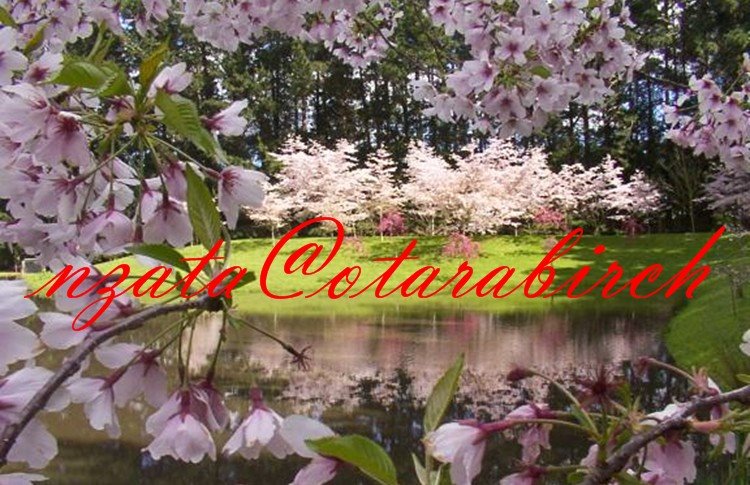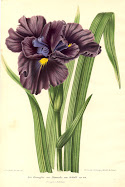
Hybrid Cross NZ031-08
On December 8th 2008 I began the serious effort in crossing some of the Japanese iris. In one of this crosses I used "Iapetus" which is a 6 petal or double form and decided to use this plant as my pod parent plant.
This flower, would once fertilized, be used to grow and carry the developing seed pod till maturity ready for harvest.
I wanted to try to create something stunningly different from the norm so I choose "Wind Drift" a 3 petal or single form with clean white petals and light to heavy vivid pink violet marbled streaks in the standards. I could imagine a flower that would standout and smile at me in the garden.
I guess when you begin, being a little green behind the ears, that the first lot of flower crosses are a great start which I can only but learn from here in.
I have numbered this cross NZ031-08. So as time progress this will be the reference point of my dairy account of these two varieties with their progress from germination to flowering in 18 months time. Let the adventure begin.
I have numbered this cross NZ031-08. So as time progress this will be the reference point of my dairy account of these two varieties with their progress from germination to flowering in 18 months time. Let the adventure begin.
So what could I expect from this cross and what could be the end results. I will discuss this in part 3 of 3 of Seed Harvest ~ Homozygous and Heterozygous flowers.
1: IAPETUS "Pod Parent".

"Iapetus" a 6 petal flower was introduced by Sterling Innerst in 1987. This seedling 1540-2 was a cross of ("Narihira" x "Valiant Prince") X "Frostbound". This seedling was originally named "Horae" and changed to Iapetus for registration and introduction.
This Japanese iris was awarded an Honorable Mention (HM) 1990, Award of Merit (AM) 1994
2: WIND DRIFT "Pollen Parent".
1: IAPETUS "Pod Parent".

"Iapetus" a 6 petal flower was introduced by Sterling Innerst in 1987. This seedling 1540-2 was a cross of ("Narihira" x "Valiant Prince") X "Frostbound". This seedling was originally named "Horae" and changed to Iapetus for registration and introduction.
This Japanese iris was awarded an Honorable Mention (HM) 1990, Award of Merit (AM) 1994
2: WIND DRIFT "Pollen Parent".
3: Pod maturing ready to harvest.

Just beginning to split and crack open. This cross was made in early December it is now about 80 days of development of the seed pod. Once pod has swollen and is just beginning to crack it is time to think about harvesting the pod.
If it still needs a little more maturity time then cover with a nylon stocking or use the end of the panty hose to stop seed falling while catching the seeds if it continues to split further.
Seed pod started to colour up from green to a light yellowish green to a brownish red.

4: Big cracks forming.
Mature seed pod at risk from opening to far and spilling the seed into the plant below or to allow rain to enter and could allow mold to spoil or damage or destroy seed by rotting or to germinate prematurely. Watch for insect damage as well.












































